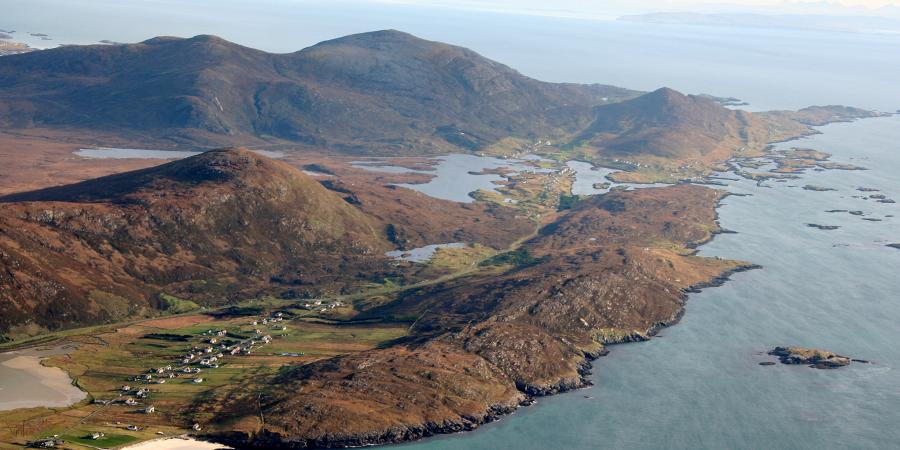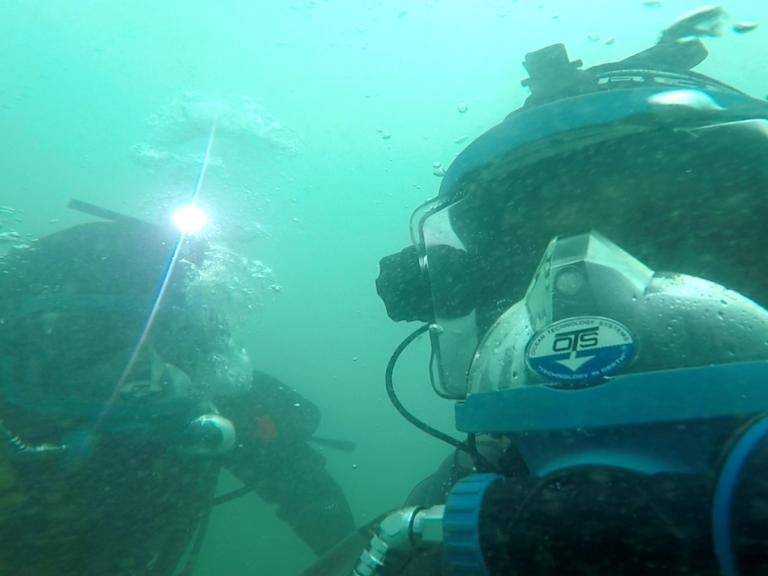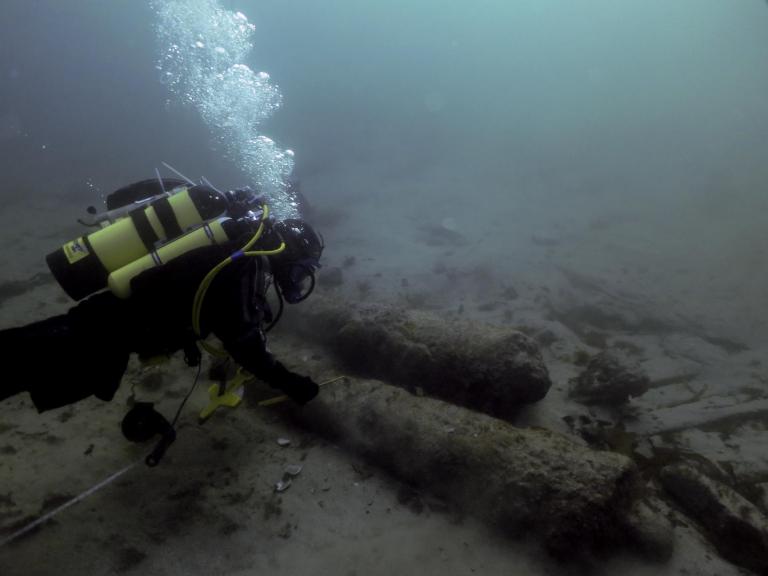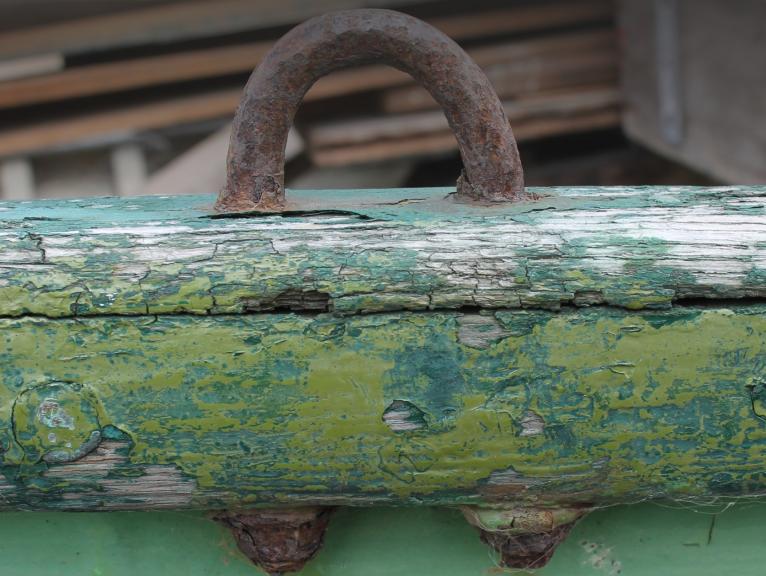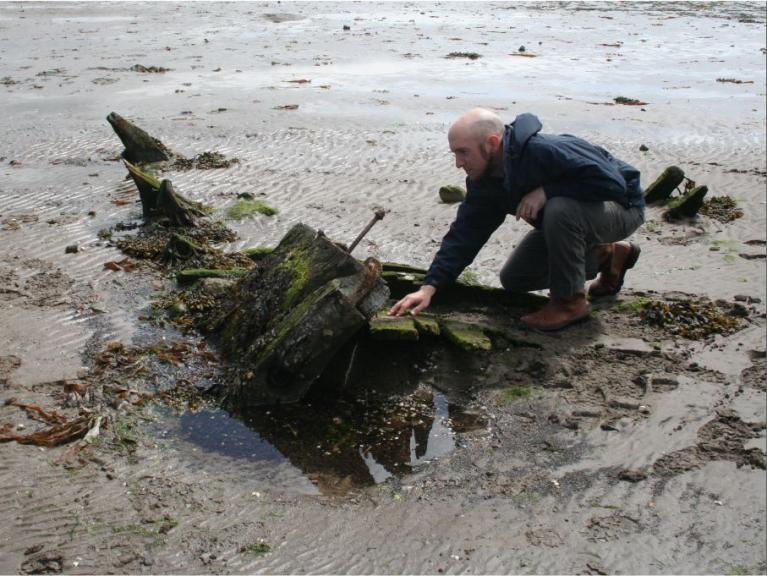Much of Scotland’s well-known archaeology is visible in the form of structures; such as stone circles, crannogs, iron age brochs and hillforts, and, medieval castles. However, within the vast Scottish landscape, with its extensive coastline and numerous islands, much of the archaeology is buried or submerged within its lochs, waterways, estuaries, and seas.
A multidisciplinary approach to recording marine and underwater archaeology in Scotland
Wessex Archaeology’s Scotland office has been developed to provide a full range of services in relation to the vast archaeological resource of Scotland, both terrestrial, underwater and within its territorial waters. The Edinburgh-based team are supported by specialist teams across the company, including Geophysics, Geoarchaeology & Environmental, Geomatics & Survey, Heritage Consultancy, Graphics and numerous Research Specialists.
During the past eight years, the Coastal & Marine team in Scotland have worked on a multitude of projects. Much or our work supports the rapidly developing renewable energy sectors onshore and offshore, including Round 3 offshore windfarms and electricity interconnectors cables and the wider supporting export and transmission infrastructure.
Our newly developed terrestrial department has been increasing our fieldwork capabilities on several terrestrial sites across Scotland. Wessex Archaeology has been contracted to deliver a diverse range of work from walkover surveys, archaeological evaluations and excavations, geotechnical and geophysical surveys, geoarchaeological assessments, diving surveys, and innovative research, outreach and education projects with local communities and military veterans.


Diversity in archaeological case studies from Scotland
During the summer months the marine team in Scotland are generally engaged in diving related projects. Wessex Archaeology has been awarded the Scottish Underwater Diving Services contract by Historic Environment Scotland (HES) since 2015 working on sites that require archaeological assessment to determine whether or not they are suitable for designation. Archaeological assessments that have been undertaken by the Wessex Archaeology dive team include that of the Wreck of Iona I, Drumbeg Wreck , both now historic Marine Protected Places.
Another major Scottish project involved the development of Conservation Management Plans (CMPs) for the boat collection at the Scottish Fisheries Museum, producing some great photogrammetric models of the individual boats.
Wessex Archaeology also undertakes a wide range of specialist research projects funded by grants and other non-commercial funding awards. Our recent work in Scotland includes HES-supported geoarchaeological investigation and reconstruction of the famous site of Dunadd and its environs in the Mòine Mhór National Nature Reserve, Argyll and Bute. The project requires deep vibrocoring of the extensive peat bogs to understand the buried coastline and estuary that existed across the area before 6000 years ago, far inland of where they are now. The project is providing greater understanding of how long-term climate change and landscape evolutions interact and influence the archaeological records in the area.
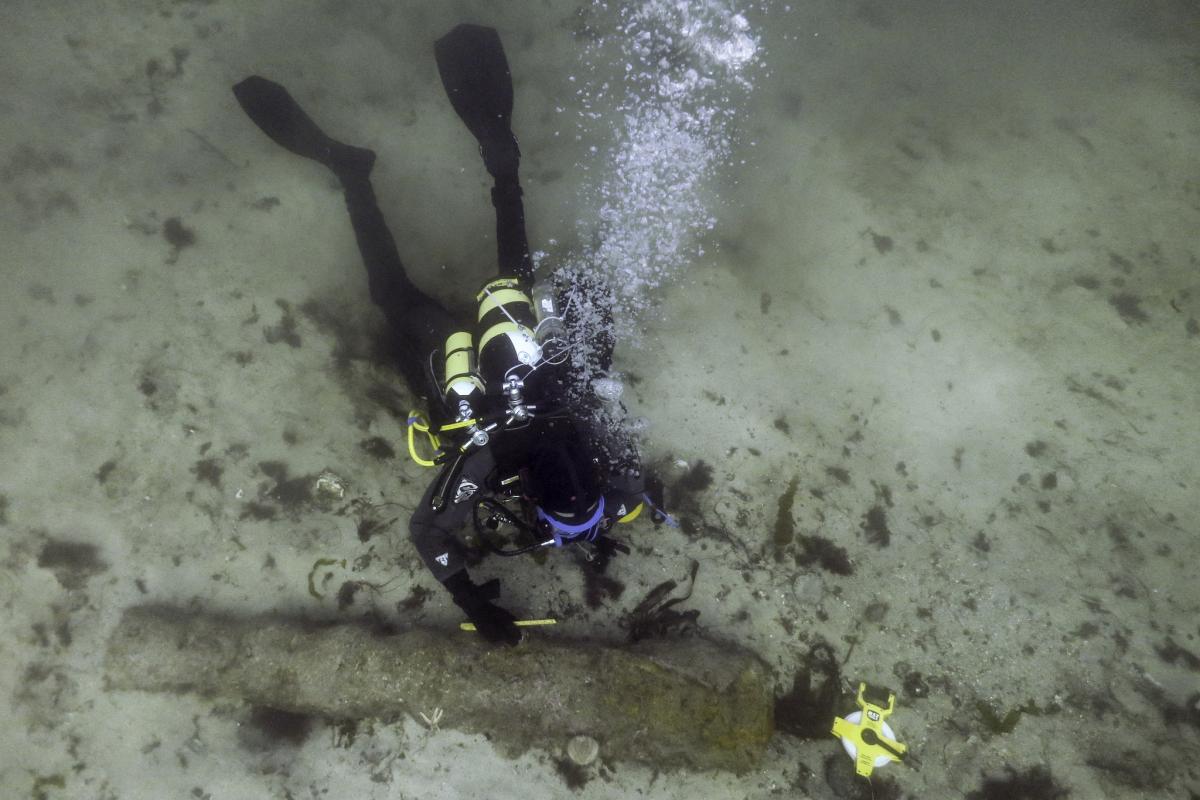

Public Engagement, Outreach and Education
Wessex Archaeology’s Coastal & Marine team based in Scotland, has delivered numerous outreach and education projects, one of which, Project SAMPHIRE (Scottish Atlantic Maritime Past: Heritage, Investigation, Research & Education), received a European Union Prize for Cultural Heritage/Europa Nostra Award in 2017. This project combined a collaboration between archaeologists and local communities to investigate and record marine heritage sites along the entire west coast of Scotland. Over 100 sites were identified, adding considerably to the historic environment record of Scotland’s coasts and territorial waters, and increasing awareness, stewardship and expertise amongst coastal communities and professional specialists.
In 2017, in collaboration with Breaking Ground Heritage, a Community Interest Company, Wessex Archaeology provided archaeological support and mentoring for veterans taking part in Exercise Angus Holdfast held at Barry Buddon, east of Dundee. This site is thought to have been a First World War training area with possible Second World War reuse. Over the course of two weeks, the participants were helped with carrying out excavations, trench planning and interpretation of their discoveries. The project was thoroughly enjoyed by the participants and will reopen again for the 2018 season.
As part of our expanding aviation services, the Edinburgh office delivers an in-house Unmanned Aerial Vehicles (UAV) capability to undertake aerial surveys and reconnaissance work in support of development-led projects, research and public engagement. Recently, in support of the 1722 Waggonway Heritage Group’s excavation and survey around Cockenzie Harbour, East Lothian, a GPS and drone survey was carried out by the Wessex Archaeology team at the terminus of the Tranet – Cockenzie Waggonway, described as Scotland’s first railway (active from 1722). The survey produced high-quality video of the site, high-resolution photomosaic of aerial photographs, and 3D photogrammetric models integrated with the excavation and GPS survey.
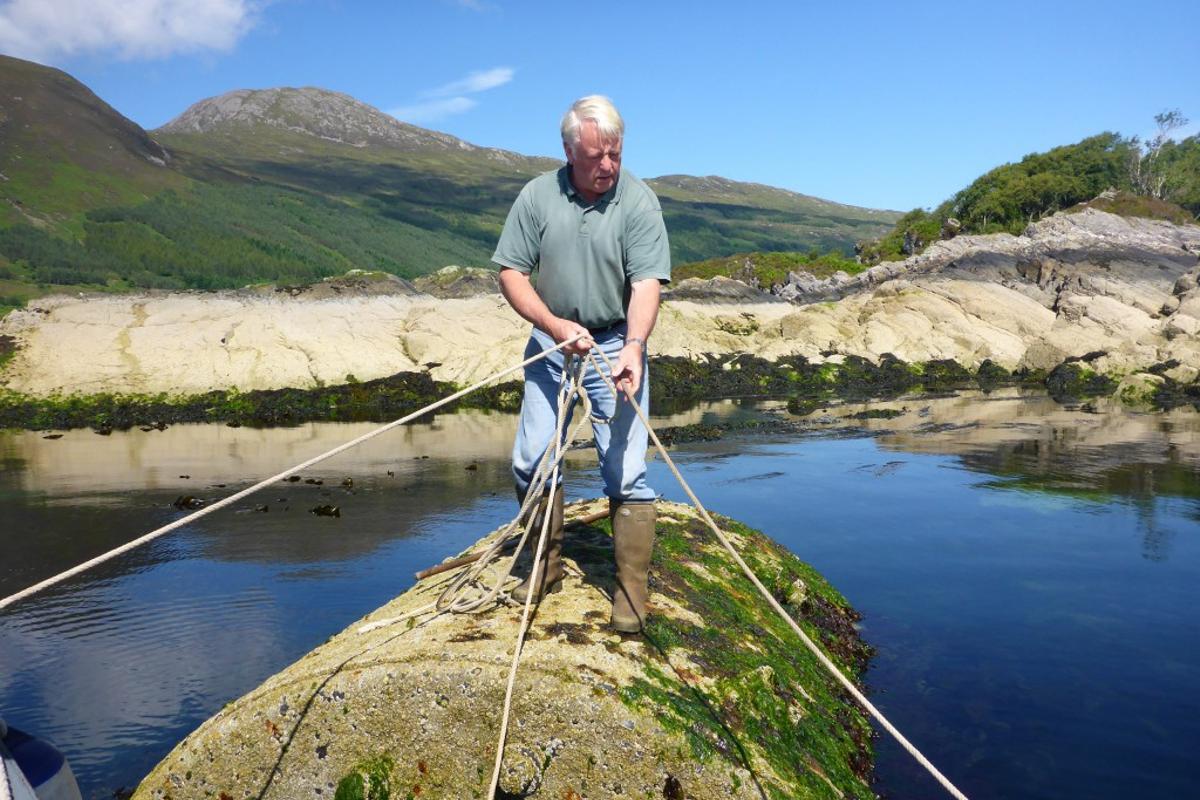

Strategic Research
Wessex Archaeology has a long history of undertaking strategic research projects, and the Scotland office strives to develop and enhance the strategic archaeology and heritage goals of Scotland. Currently, we are delivering one of the first Regional Research Frameworks for Scotland, the South East Scotland Archaeological Research Framework (SESARF). It has been recognised through Scotland’s Archaeology Strategy the need for regional research frameworks to complement and enhance the existing national one (ScARF). Wessex Archaeology Scotland in conjunction with the South-East Scotland Archaeology Partnership of local authority archaeology services, are developing the archaeological research framework covering the City of Edinburgh, Midlothian, East Lothian and the Scottish Borders. Further information about the progress of this project follow this link.
